One of the bright spots of the Vietnamese economy in the first six months of the year was the positive results in the export turnover of goods, estimated at 190.08 billion USD, up 14.5% over the same period. The above results were achieved thanks to the efforts of the Government, which has strongly directed ministries, branches and localities, as well as the determination of enterprises to take advantage of the opportunities of Free Trade Agreements (FTAs), while affirming the quality of Vietnamese goods in the international market.
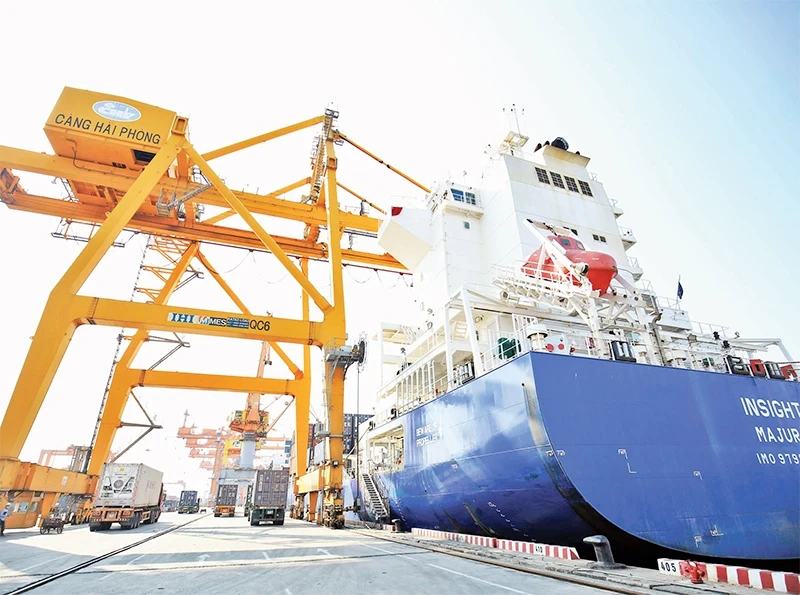
With the current advantages plus the positive growth results of export turnover in the first months of the year, the Ministry of Industry and Trade assesses that in 2024, Vietnam's exports will have many opportunities to recover well, although they still have to face many unpredictable risks in the global market.
Many positive signals
Commenting on the export situation in the first six months of the year, Deputy Director of the Import-Export Department (Ministry of Industry and Trade) Tran Thanh Hai said that there are many factors that have been promoting the recovery of import-export activities. Specifically, it is the result of the policy of international economic integration, diversifying Vietnam's export markets through negotiating and signing new generation FTAs. In addition, the Government has strongly intervened with many comprehensive support solutions for the economy. As the leading agency in managing and operating import-export activities, the Ministry of Industry and Trade has also promptly identified difficulties and risks from export markets to advise and propose appropriate solutions. In particular, Vietnam has just upgraded its relationship to a Comprehensive Strategic Partnership with the United States, promising sustainable development in trade relations between the two countries. The problem of high inventories in markets is also gradually being overcome, especially in key export markets facing difficulties in 2023 such as the EU or the United States. Specifically for the United States, recovering consumer indicators have become an important supporting factor for economic growth.
Director of the Department of Planning and Finance (Ministry of Industry and Trade) Bui Huy Son provided specific figures to clarify the above statement. Accordingly, the export turnover of goods in the past six months is estimated at 190.08 billion USD, up 14.5% over the same period. Of which, the domestic economic sector recovered strongly with export turnover increasing by 20.7% over the same period, higher than the general increase by 6.2 percentage points and 8.4 percentage points higher than the increase of the foreign economic sector (12.3%).
Trade promotion and export market expansion continued to achieve positive results, combining the exploitation of traditional markets with the expansion of new markets (Africa, Eastern Europe, Northern Europe, Western Asia). Therefore, exports to most major markets and trading partners in the first six months of the year achieved high growth rates.
The United States continues to be our country's largest export market with an estimated turnover of 54.3 billion USD, accounting for 28.6% of the country's total export turnover and increasing by 22.1% over the same period (the same period last year decreased by 22.6%); followed by the Chinese market with an estimated turnover of 27.8 billion USD, up 5.3%; the EU market is estimated at 24.46 billion USD, up 14.1%; South Korea is estimated at 12.2 billion USD, up 10.4%.
On the other hand, the structure of imported goods in the first six months of the year also showed positive signs when up to 88.8% of the total import turnover was of essential goods, including machinery, equipment, tools, spare parts and raw materials. The total import turnover was estimated at 158.2 billion USD, up 18.1% over the same period, showing a good recovery of domestic production, as well as production for export.
Of which, the import turnover of computers, electronic products and components alone is estimated at 48.8 billion USD, up 26.7% and accounting for 27.4% of total import turnover; the import of machinery, equipment, tools and spare parts reached 22.3 billion USD, up 14.6%.
Thanks to the increase in exports, the trade balance of goods continued to maintain a trade surplus of 11.63 billion USD; of which, the domestic economic sector had a trade deficit of 12.35 billion USD; the foreign-invested sector (including crude oil) had a trade surplus of 23.98 billion USD.
Flexible in trade promotion
Director of the Trade Promotion Agency (Ministry of Industry and Trade) Vu Ba Phu said that in the first six months of the year, trade promotion activities have brought many practical values to the export activities of enterprises.
Specifically, trade promotion activities have focused on increasing the exploitation of FTAs to diversify markets, supply chains and boost exports; promoting investment to attract foreign capital into the processing and manufacturing sectors to improve the quality of domestically produced products, meeting world market standards; coordinating with the Vietnamese Trade Office system abroad to advise and provide market information to localities and businesses.
Since the beginning of the year, six trade promotion conferences with the Vietnamese Trade Office system abroad have been held on general or in-depth topics according to market groups and export product groups.
The proactive participation of localities, industry associations and a large number of enterprises has turned these conferences into effective information exchange bridges, enhancing coordination between domestic units and the Vietnamese Trade Office system abroad, promptly removing difficulties and obstacles in import-export activities, aiming to make the most of new opportunities from markets, promoting sustainable export development as well as effective import.
However, many of Vietnam's export markets will continue to increase new requirements for international trade, establish more dense barriers, increase trade protectionism trends, green transformation, focus on health protection product groups, along with requirements for energy transition, sustainable development, etc.
The changes in the world and regional situation bring both advantages and opportunities as well as difficulties and challenges, posing many new requirements for trade promotion. Therefore, trade promotion activities in the coming time will have to be more flexible, combining traditional trade promotion with modern innovative methods, associated with e-commerce and digital economy; strengthening communication, promotion, and enhancing the competitiveness of Vietnamese branded products and goods.
"On the other hand, we also need to continue to promote propaganda and raise awareness in the business community about green transformation and sustainable production to support businesses in improving their competitiveness and adapting to current market trends," Mr. Vu Ba Phu shared.
Deputy Director Tran Thanh Hai also emphasized that the global economy in 2024 still faces many risks and is difficult to predict. The fight against inflation still has many uncertain factors, especially due to the monetary policies of major countries. In addition, the problem of excess capacity in China is currently increasing competitive pressure in the market. When consumer demand declines, China's excess supply of cheap goods can affect the ability of other countries to boost exports.
Therefore, to maintain the growth momentum of exports in the last months of the year, units of the Ministry of Industry and Trade are reviewing key products and markets that need to be prioritized for trade promotion in the short, medium and long term; closely coordinating to jointly implement a series of specialized activities of many units within the framework of a trade promotion program, thereby improving efficiency and saving resources in the context of limited state budget funding.
In addition, it is also necessary to coordinate more closely in guiding localities, industry associations, and enterprises in proposing and developing plans to implement trade promotion activities, develop domestic and import-export markets, and digital transformation in trade promotion in accordance with strategies and projects approved by the Prime Minister.
Source








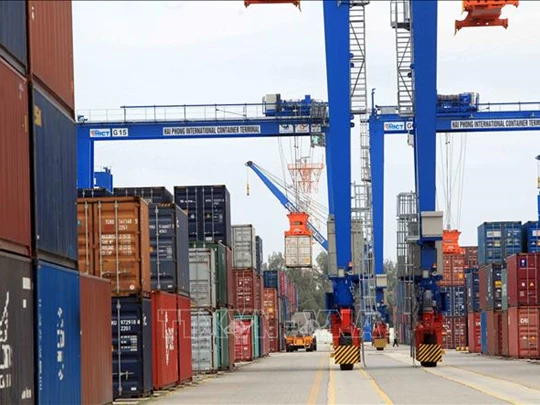
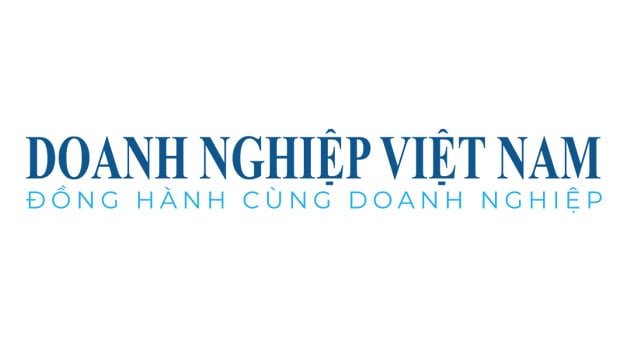


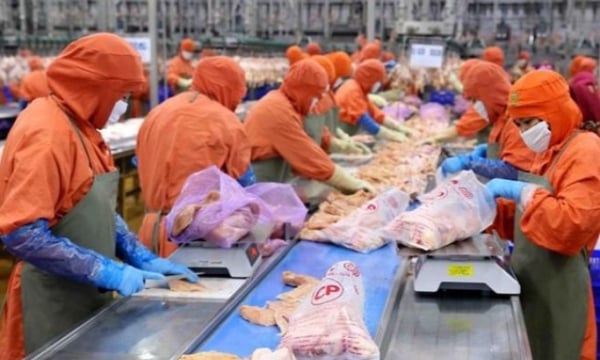
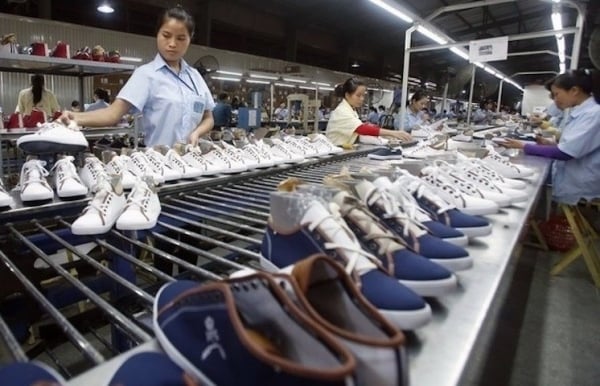

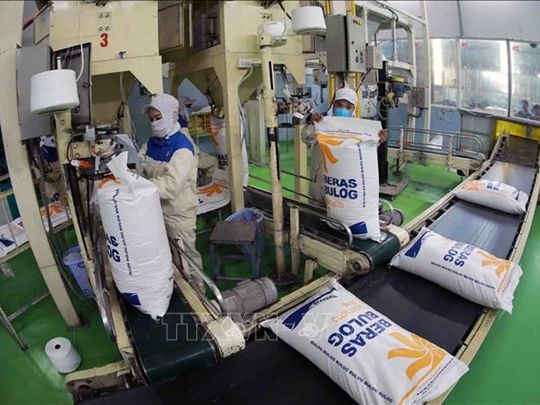
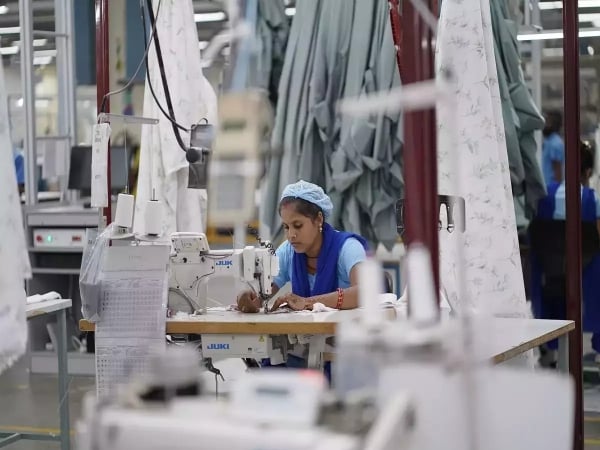
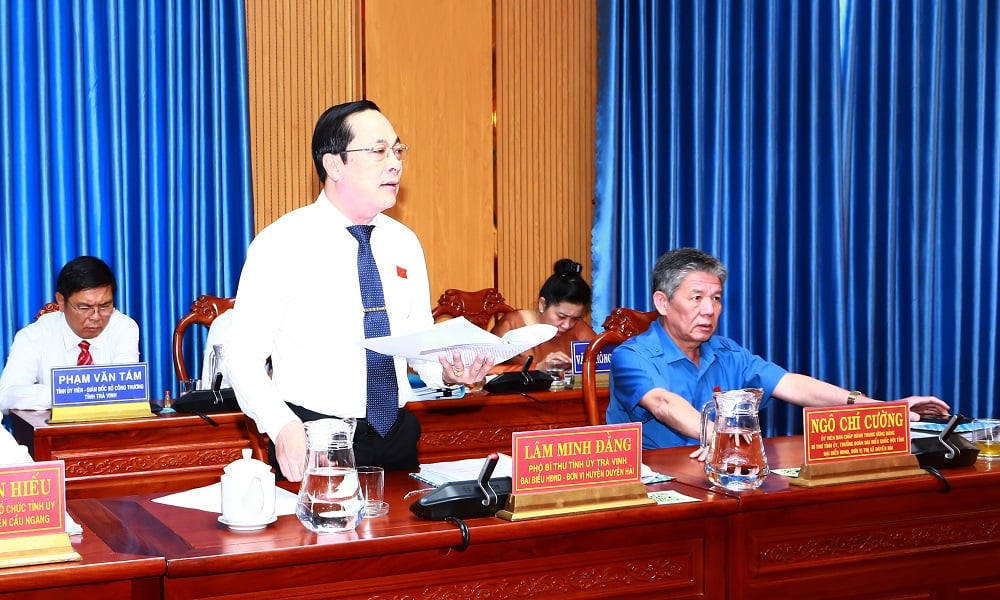





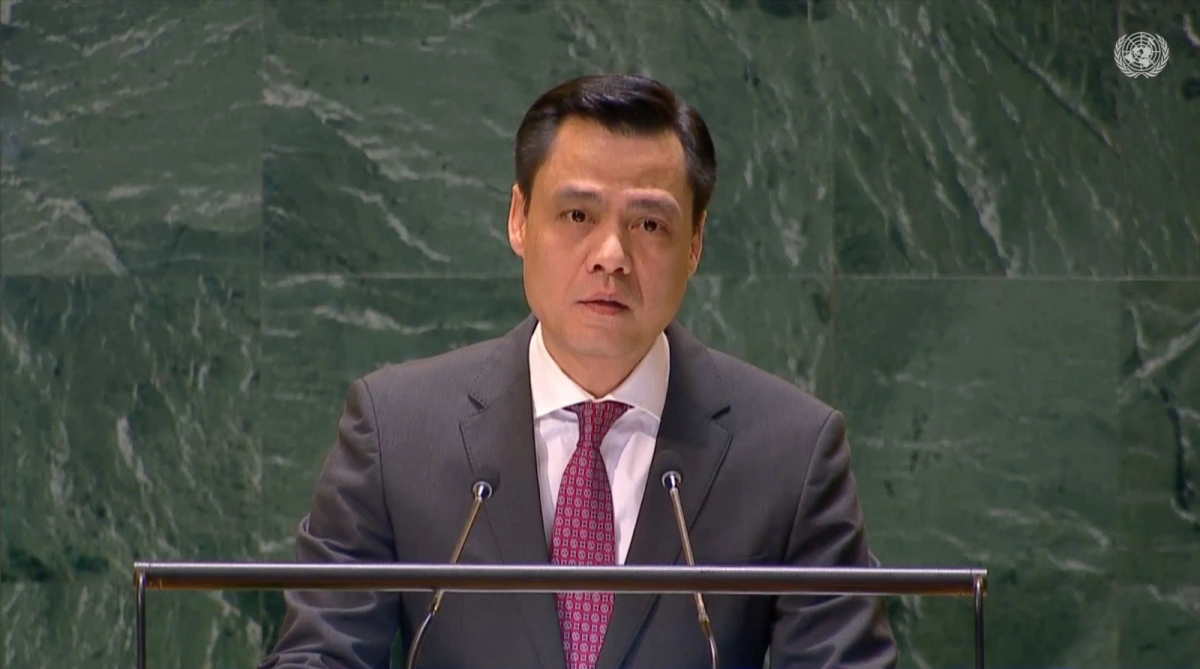





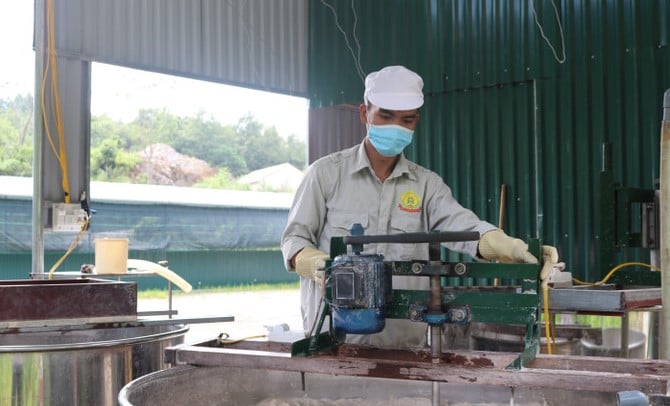



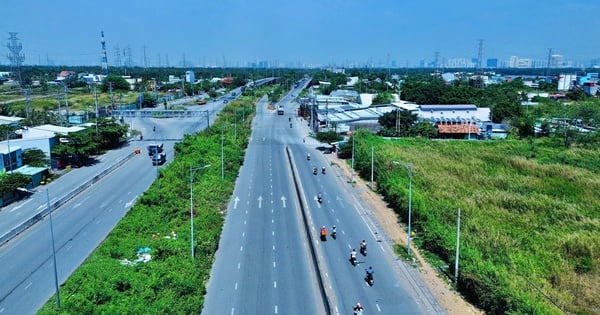




![[Photo] Prime Minister Pham Minh Chinh chairs Government Conference with localities on economic growth](https://vstatic.vietnam.vn/vietnam/resource/IMAGE/2025/2/21/f34583484f2643a2a2b72168a0d64baa)

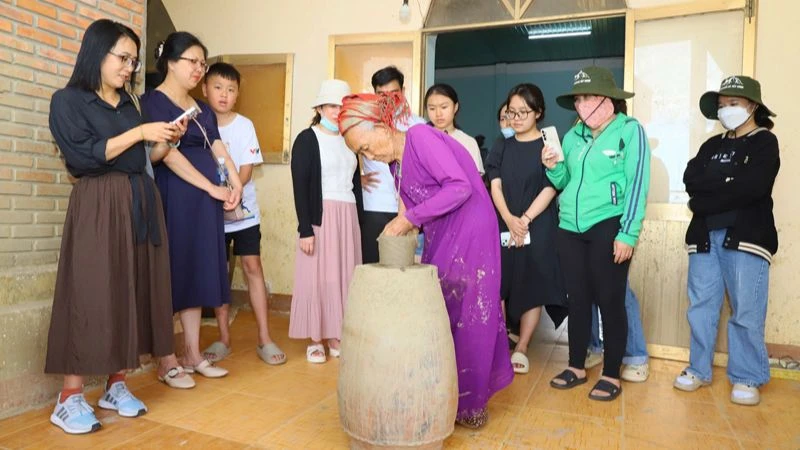








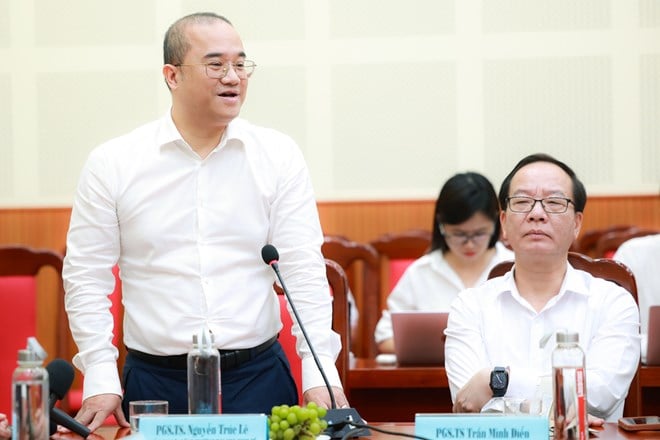
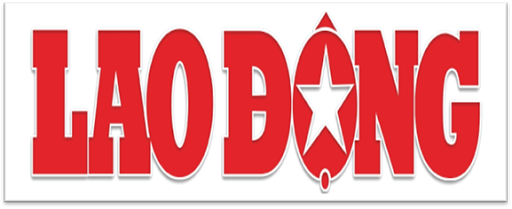
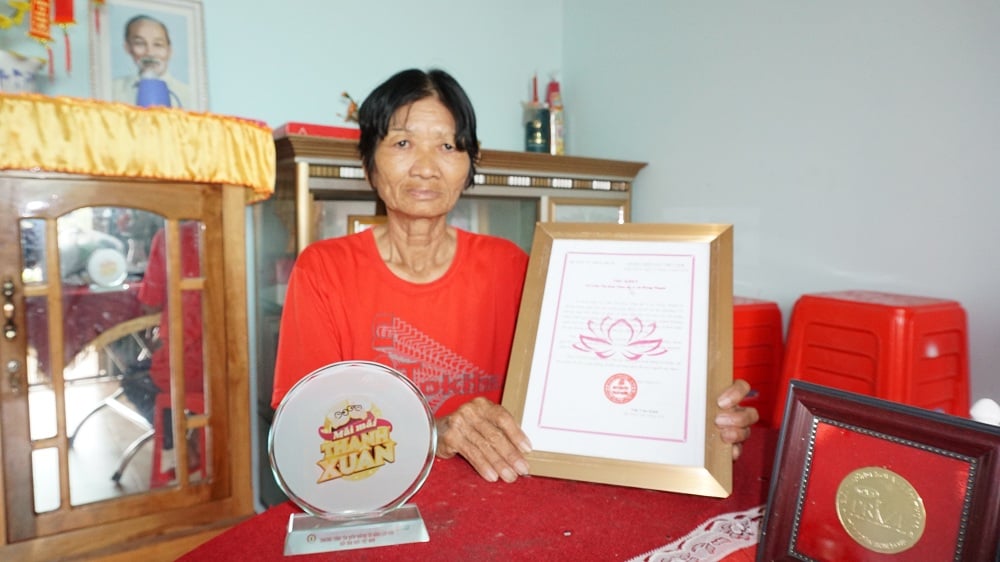





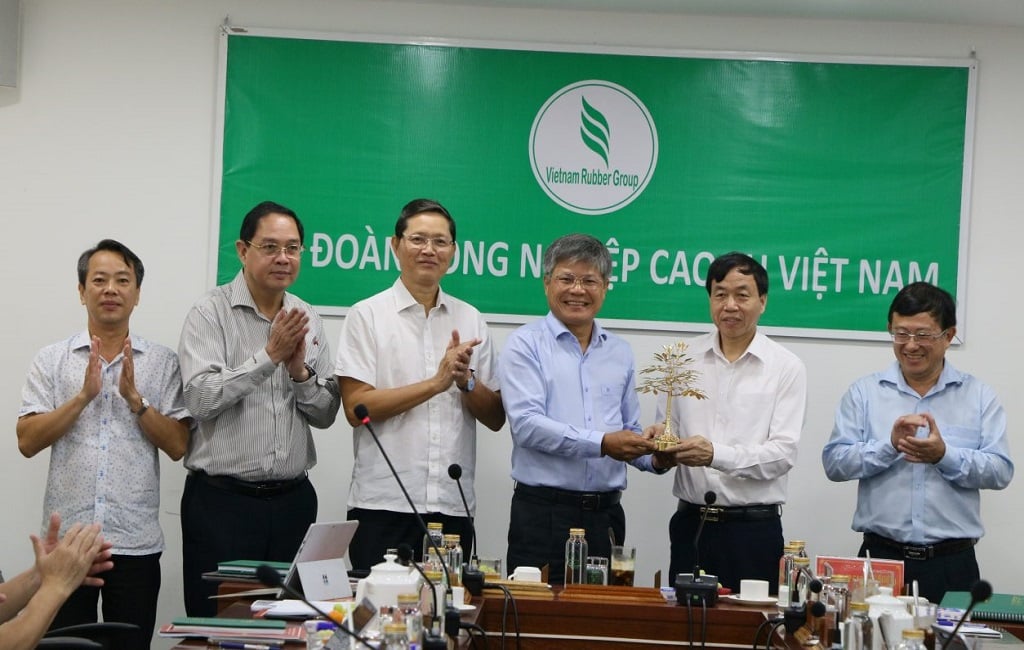
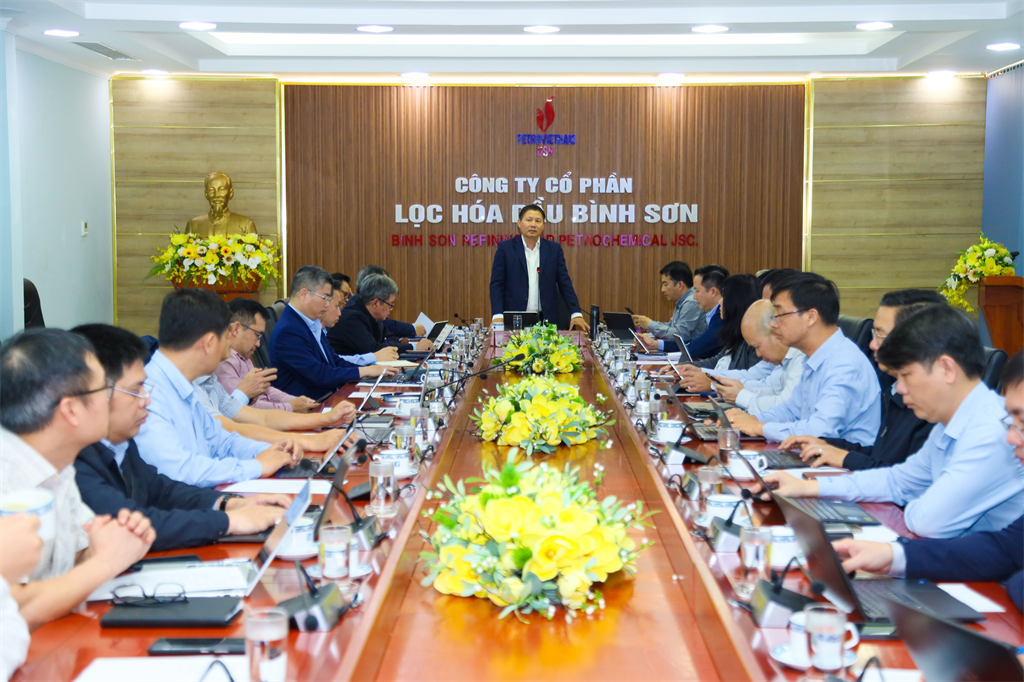
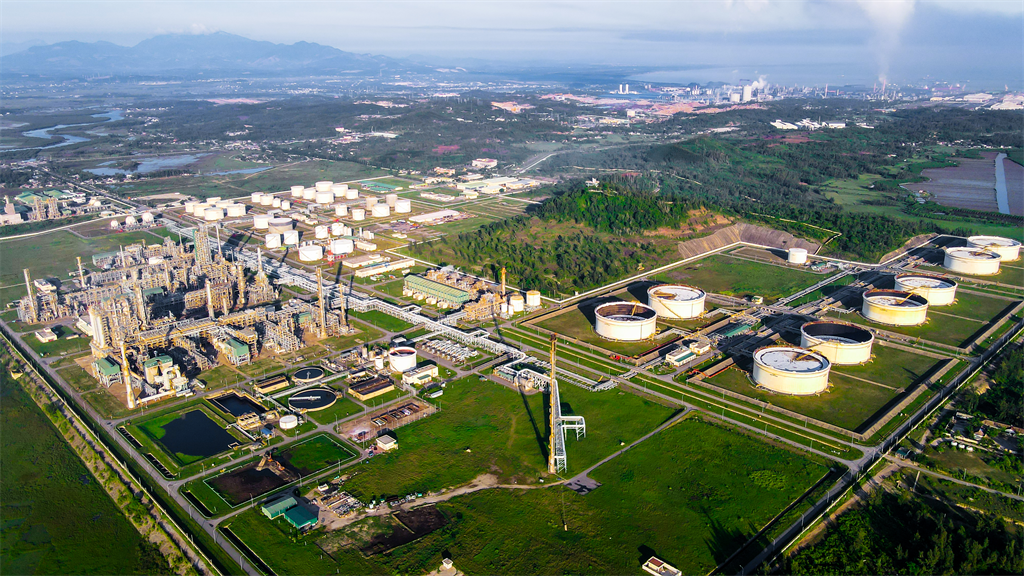
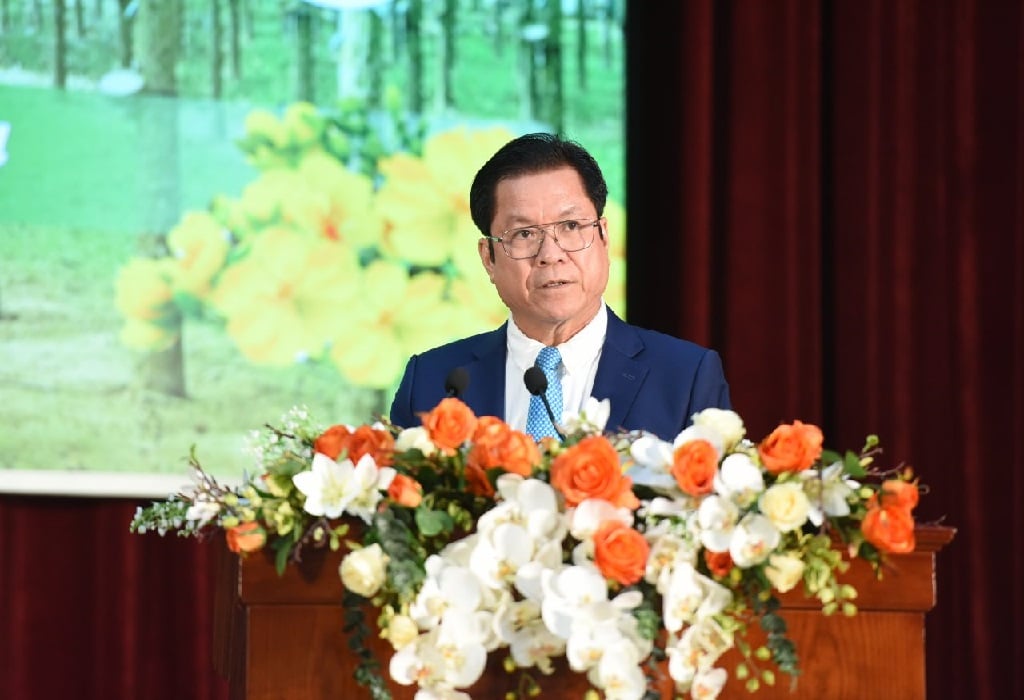







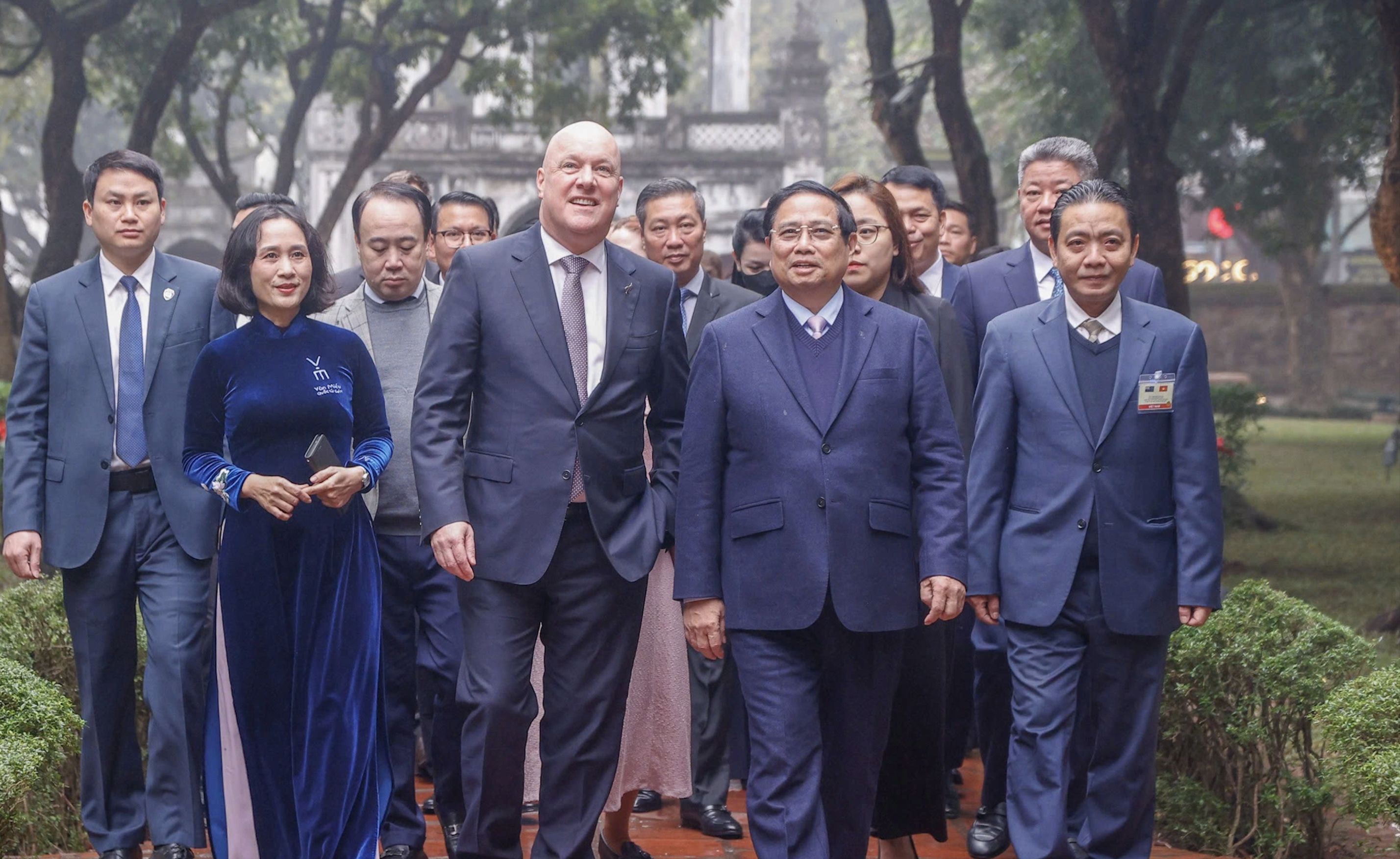









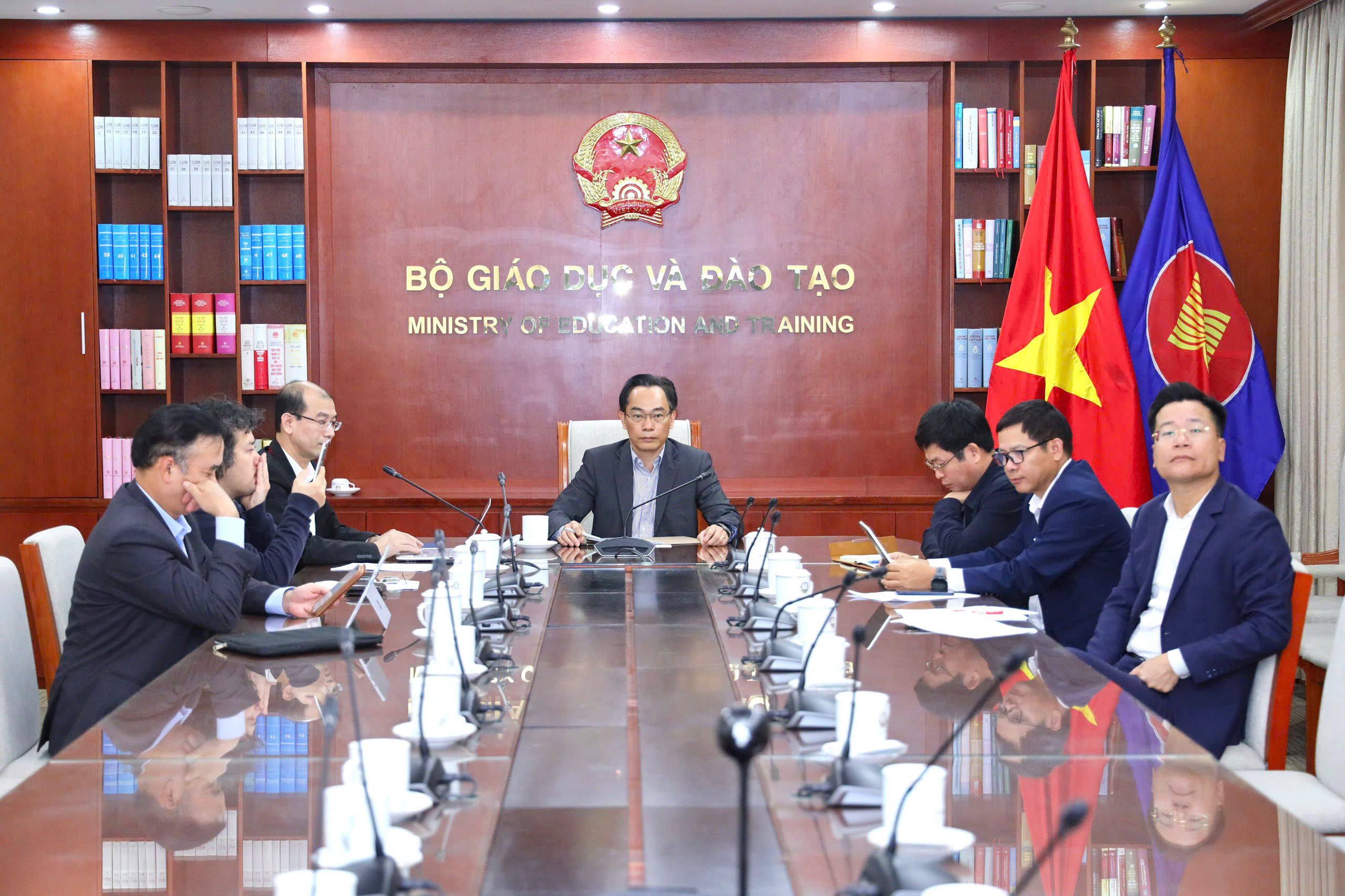
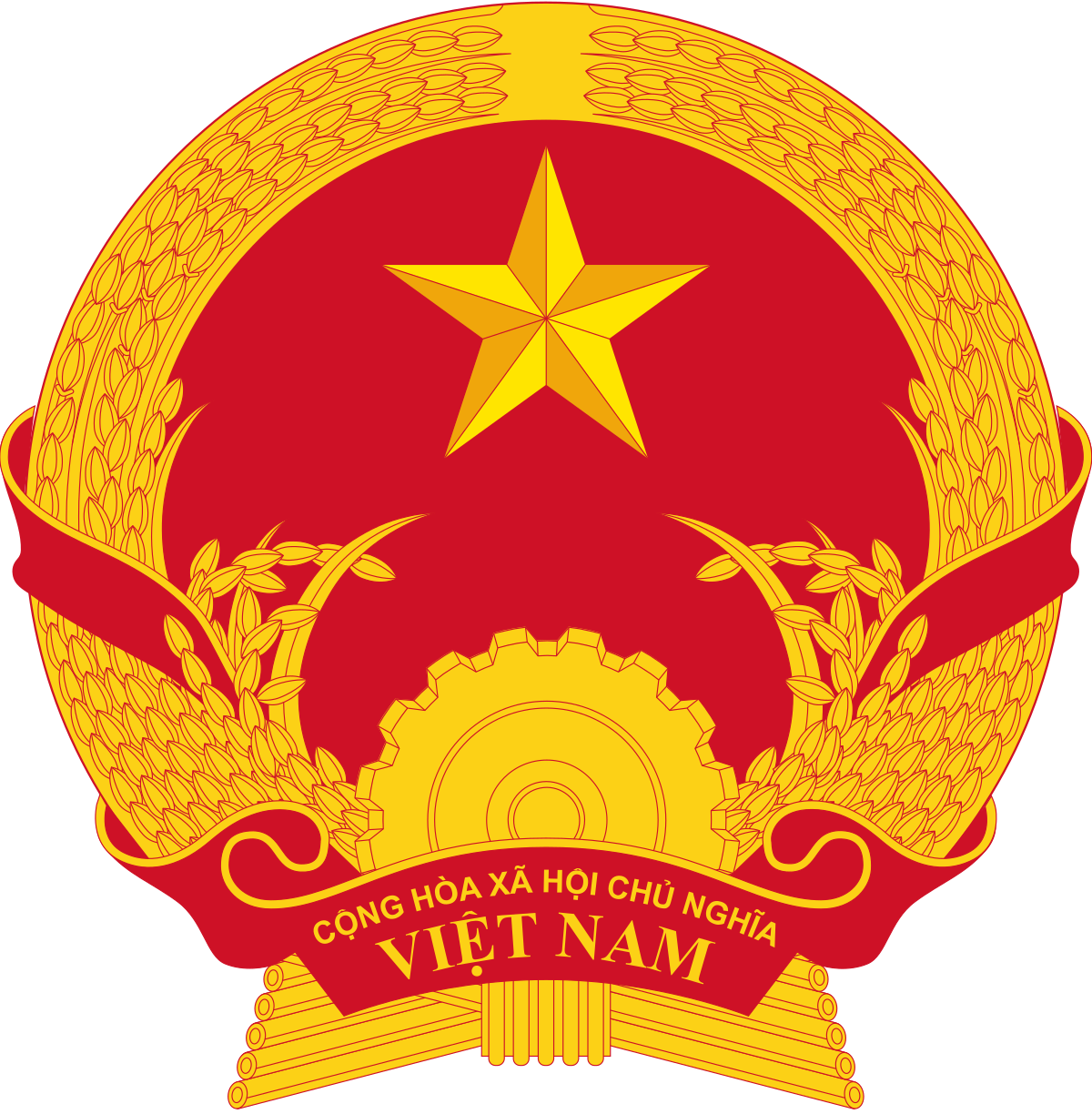
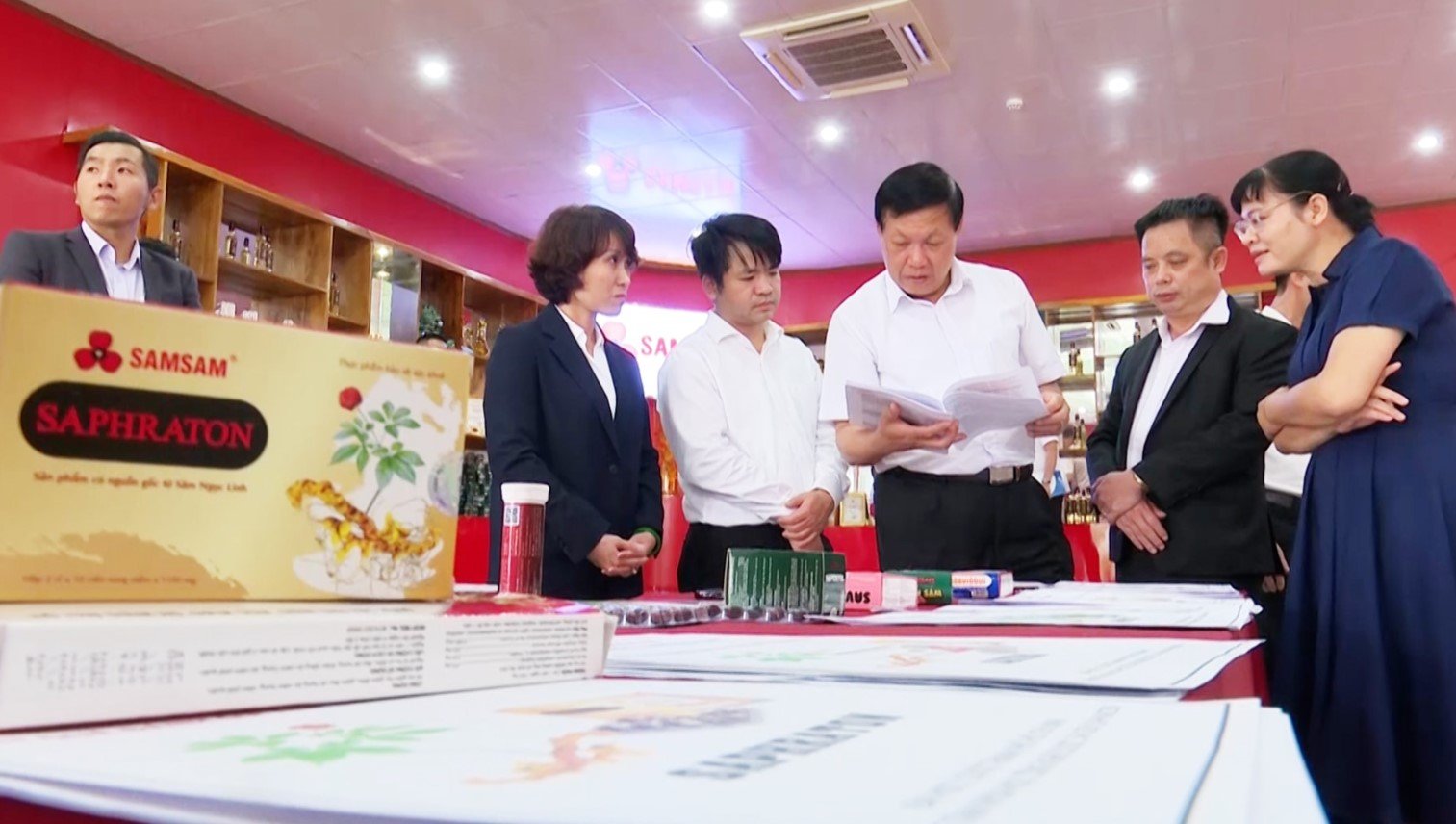



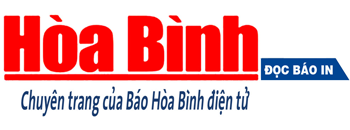


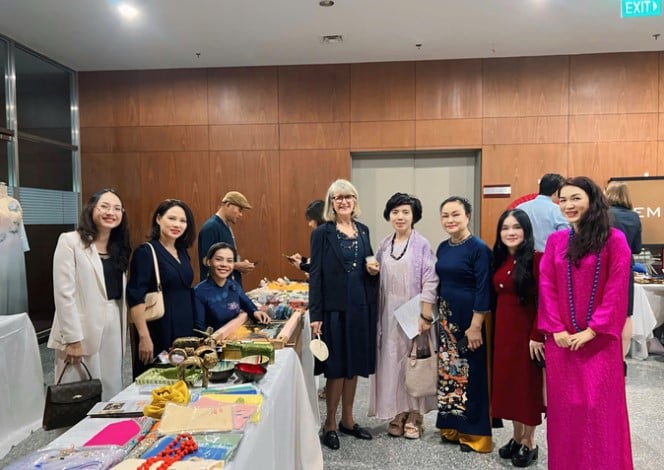



Comment (0)